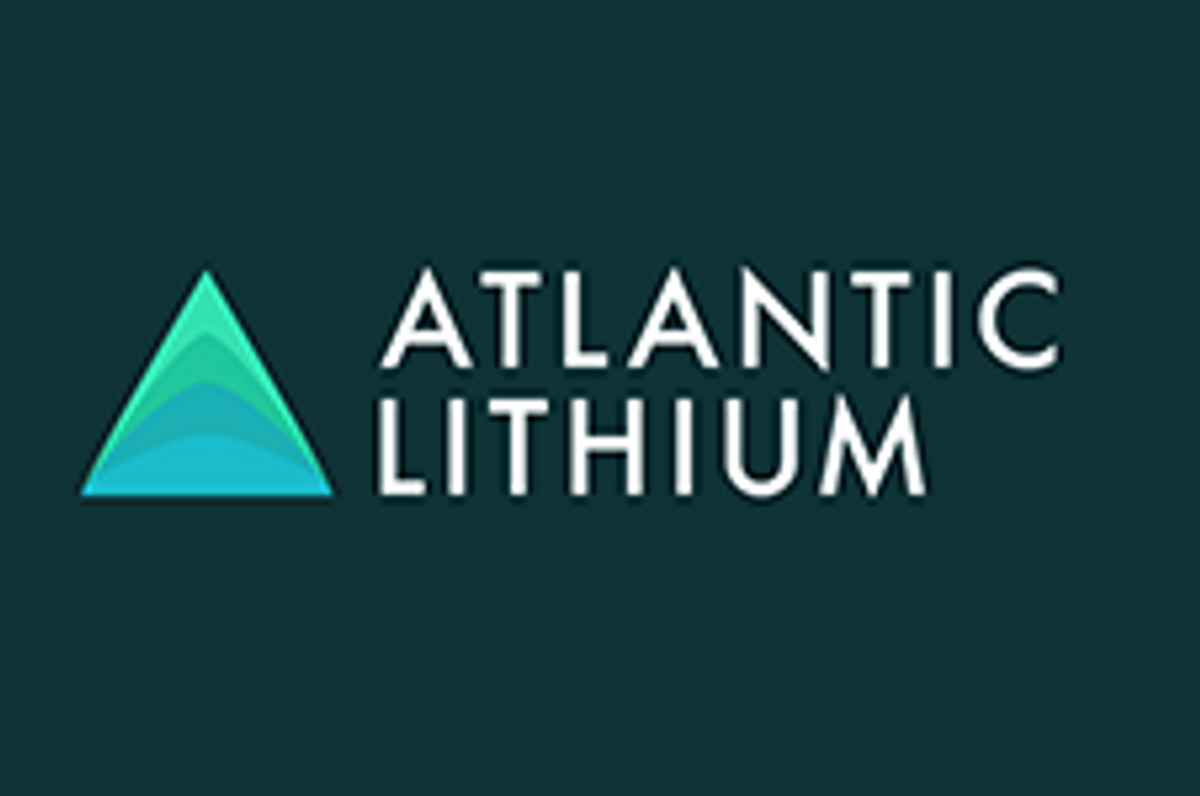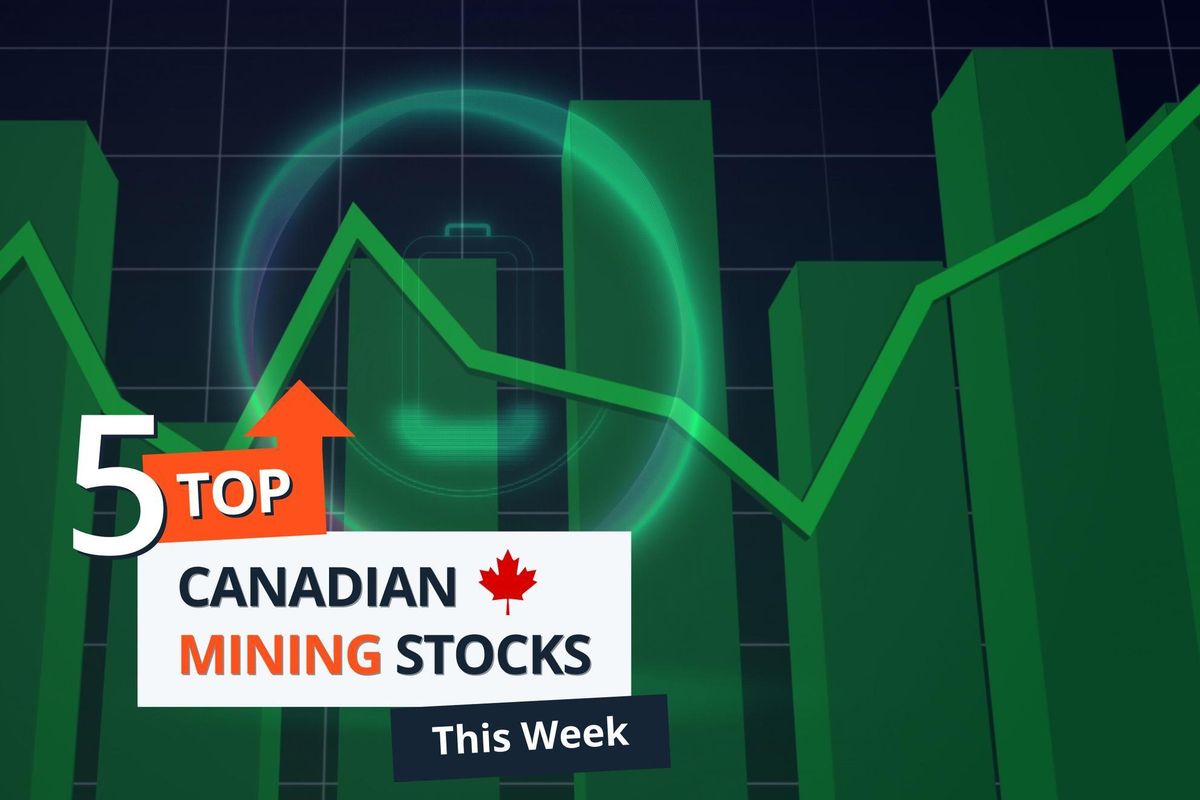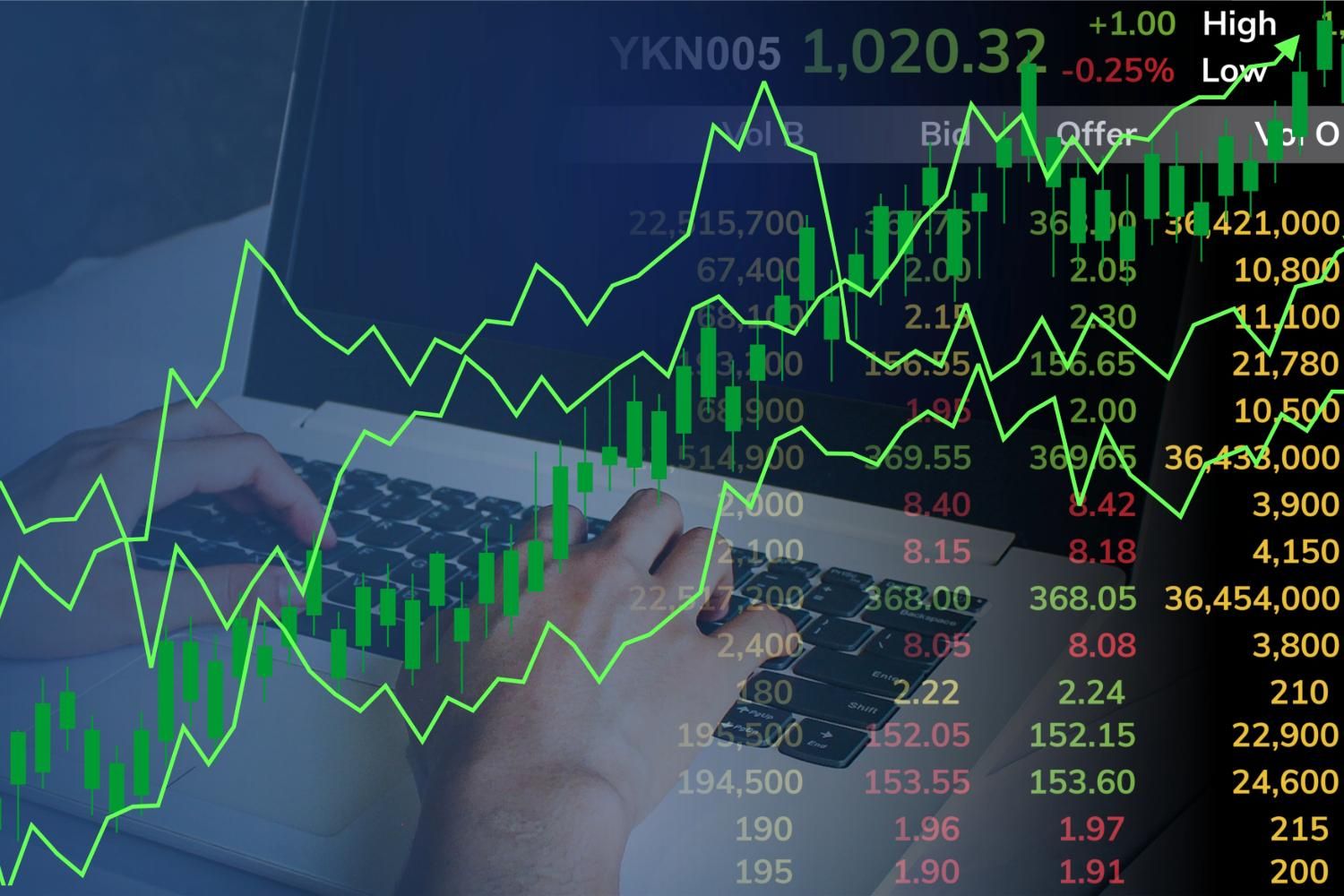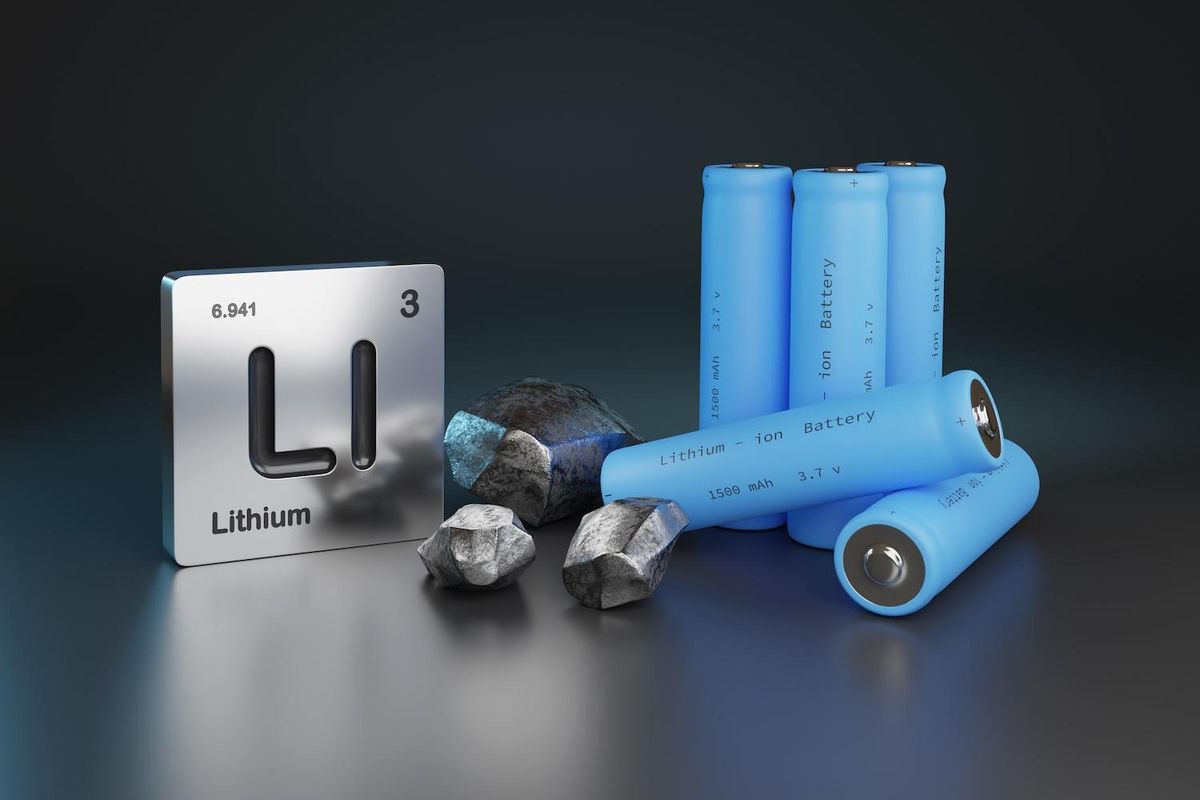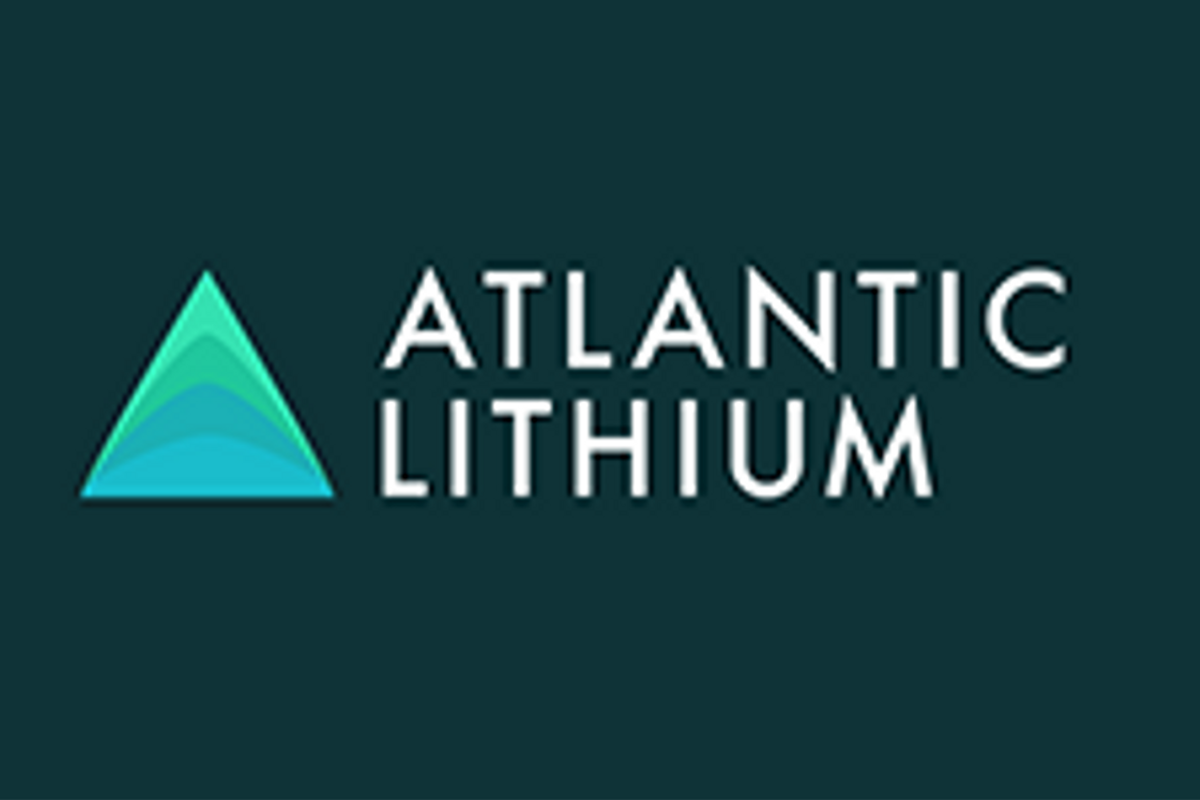
January 30, 2024
Atlantic Lithium takes major stride towards production with grant of historic Mining Lease in respect of the Ewoyaa Lithium Project
The Board of Atlantic Lithium Limited (AIM: ALL, ASX: A11, OTCQX: ALLIF, “Atlantic Lithium” or the “Company”), the African-focused lithium exploration and development company targeting to deliver Ghana’s first lithium mine, is pleased to present its Quarterly Activities and Cash Flow Report for the period ended 31 December 2023.
Highlights from the Reporting Period:
Project Development:
- Historic Mining Lease, the first for a lithium project in Ghana, granted in respect of the Company’s flagship Ewoyaa Lithium Project (“Ewoyaa” or the “Project”).
- Grant of the Mining Lease represents a major endorsement from the Government of Ghana and serves as a significant de-risking milestone for the advancement of the Project towards production.
- The agreed terms of the Mining Lease position Ewoyaa as one of the lowest capital and operating cost hard rock lithium projects globally and indicate the Project’s strong commercial viability and exceptional profitability for a 2.7Mtpa steady state operation, producing a total of 3.6Mt of spodumene concentrate (approximately 350,000tpa) over a 12-year mine life1:
- Ewoyaa to become one of the top 10 largest spodumene concentrate producers1;
- Payback period of main processing plant of 9.5 months;
- C1 cash operating costs of US$377/t of concentrate Free-On-Board (“FOB”) Ghana Port, after by- product credits, All in Sustaining Cost (“AISC”) of US$675/t;
- Development cost estimate of US$185m; to be substantially funded by Piedmont Lithium Inc. (“Piedmont”) and planned investment by Ghana’s sovereign wealth fund, the Minerals Income Investment Fund (“MIIF”);
- Post-tax NPV8 of US$1.3bn, with free cash flow of US$2.1bn from Life of Mine (“LOM”) revenues of US$6.6bn, considering a US$1,410/t long-term concentrate price, FOB Ghana.
- Completion of the Flotation Scoping Study which confirms the viability of the inclusion of a flotation circuit downstream and running independently from the DMS-only processing plant at Ewoyaa for future value addition.
- Environmental Protection Agency authorisation granted to divert two transmission lines that currently traverse planned mining areas of the Mankessim licence, which contains the Ewoyaa Mining Lease area.
- Awarded Bulk Customer Permit in respect of the electricity requirements of the Project, expected to deliver a 30- 50% overall power cost reduction for the Project.
Exploration:
- Maiden JORC (2012) compliant 15.7Mt at 40.2% Feldspar Mineral Resource Estimate (MRE) reported for the Project, including 13.7Mt (87%) in the Measured and Indicated categories, based on approximately the first five years of planned production from the Project, as detailed in the Ewoyaa DFS for the Project.
- Feldspar MRE enables the potential inclusion of feldspar by-product credits in future revisions of the Ewoyaa feasibility studies, believed to drive down operating costs and further enhance the value of the Project.
- Indicates the possibility for Ewoyaa to become a major producer of domestic feldspar in Ghana, which the Company intends to supply into the local Ghanaian ceramics market.
- Multiple broad intervals of visible spodumene and 106m continuous pegmatite interval, the longest continuous pegmatite interval reported in the 2023 drilling programme to date, observed from drilling outside of the current Mineral Resource Estimate1 (MRE).
- Ongoing 2023 drilling programme increased from a planned 18,500m to 26,500m.
- Further assay results received for 2,362m of resource and metallurgical reverse circulation (“RC”) and diamond core (“DD”) drilling completed at Ewoyaa as part of the enhanced 2023 programme.
- Post-period end, increased the planned programme by an additional 3,000m of site sterilisation drilling, taking the total planned programme to 29,500m, intended to support mine construction.
- Grant of highly prospective, undrilled Bewadze and Senya Beraku prospecting licences in the eastern portion of the Company’s Cape Coast Lithium Portfolio in Ghana.
- Grant of the licences indicates the Government’s support of the Company’s efforts to grow its lithium resources in Ghana.
Corporate:
- Successful Equity Placing raising A$8m, enabling the completion of the activities agreed under the grant of the Mining Lease for the Project, key items of early works and permitting-related Project expenditure, further extensional drilling, and for working capital purposes.
- Rejection of two conditional and non-binding offers from the Company’s largest shareholder Assore International Holdings Limited (“Assore”) to acquire all the shares in the Company that it does not already own at an offer price of £0.33 per share (A$0.63); offers rejected on the basis that they undervalued the Company and that they were not in the best interests of shareholders.
- Appointment of four General Managers as the Company looks to strengthen its leadership team as it transitions towards mine construction and operation.
- Appointment of highly regarded mining executive Jonathan Henry to the Company’s Board of Directors as Independent Non-Executive Director.
- Cash on hand at end of quarter was A$9.8m.
Click here for the full ASX Release
This article includes content from Atlantic Lithium, licensed for the purpose of publishing on Investing News Australia. This article does not constitute financial product advice. It is your responsibility to perform proper due diligence before acting upon any information provided here. Please refer to our full disclaimer here.
A11:AU

Sign up to get your FREE
Atlantic Lithium Investor Kit
and hear about exciting investment opportunities.
- Corporate info
- Insights
- Growth strategies
- Upcoming projects
GET YOUR FREE INVESTOR KIT
The Conversation (0)
01 May
Atlantic Lithium
Building Ghana’s first lithium mine
Building Ghana’s first lithium mine Keep Reading...
31 October
Quarterly Activities/Appendix 5B Cash Flow Report
Atlantic Lithium (A11:AU) has announced Quarterly Activities/Appendix 5B Cash Flow ReportDownload the PDF here. Keep Reading...
20 October
Pronounced Lithium-in-soil Anomalies
Atlantic Lithium (A11:AU) has announced Pronounced Lithium-in-soil AnomaliesDownload the PDF here. Keep Reading...
03 September
Corporate Funding Update
Atlantic Lithium (A11:AU) has announced Corporate Funding UpdateDownload the PDF here. Keep Reading...
31 July
Quarterly Activities/Appendix 5B Cash Flow Report
Atlantic Lithium (A11:AU) has announced Quarterly Activities/Appendix 5B Cash Flow ReportDownload the PDF here. Keep Reading...
11 June
Leadership Streamlining and Cost Reductions
Atlantic Lithium (A11:AU) has announced Leadership Streamlining and Cost ReductionsDownload the PDF here. Keep Reading...
24 November
CATL Reportedly Plans to Restart Key Chinese Lithium Mine By December
Contemporary Amperex Technology (SZSE:300750,OTC Pink:CTATF) is preparing to restart its Jianxiawo lithium mine in Jiangxi province as soon as early December, industry sources familiar with the matter told Bloomberg.The sources, who declined to be named, said CATL has asked suppliers and... Keep Reading...
24 November
Liontown Resources’ Spodumene Auction Attracts Nine Countries
Liontown Resources (ASX:LTR,OTC:LINRF) held its first digital spot sales auction for 10,000 wet metric tonnes of spodumene concentrate from its Kathleen Valley lithium operations in Western Australia.The auction, attracting over 50 buyers from nine countries, was conducted on Metalshub, a... Keep Reading...
21 November
Top 5 Canadian Mining Stocks This Week: Sigma Lithium Flips the Switch with 64 Percent Gain
Welcome to the Investing News Network's weekly look at the best-performing Canadian mining stocks on the TSX, TSXV and CSE, starting with a round-up of Canadian and US news impacting the resource sector.Statistics Canada released October’s consumer price index (CPI) data on Monday (November 17).... Keep Reading...
18 November
Ganfeng Chairman’s Forecast Sparks Lithium Price Surge in China
China’s lithium market strengthened sharply on Monday (November 17) after Ganfeng Lithium (OTC Pink:GNENF,HKEX:1772) Chairman Li Liangbin said at a domestic industry conference that demand for the key battery metal could grow by as much as 40 percent in 2026.The most-traded lithium carbonate... Keep Reading...
17 November
Ontario Lithium Project Development Update
Green Technology Metals(GT1:AU) has announced Ontario Lithium Project Development UpdateDownload the PDF here. Keep Reading...
17 November
Mineral Resources and POSCO Pen Lithium Joint Venture
Mineral Resources (ASX:MIN,OTCQB:MALRF) and Korean steel producer POSCO Holdings (NYSE:PKX,KRX:005490) have executed a binding agreement, creating a lithium joint venture.According to the release, the new entity will hold 50 percent of Mineral Resources’ existing ownership in the Wodgina and Mt... Keep Reading...
Latest News

Sign up to get your FREE
Atlantic Lithium Investor Kit
and hear about exciting investment opportunities.
- Corporate info
- Insights
- Growth strategies
- Upcoming projects
GET YOUR FREE INVESTOR KIT
Latest Press Releases
Related News
TOP STOCKS
American Battery4.030.24
Aion Therapeutic0.10-0.01
Cybin Corp2.140.00
